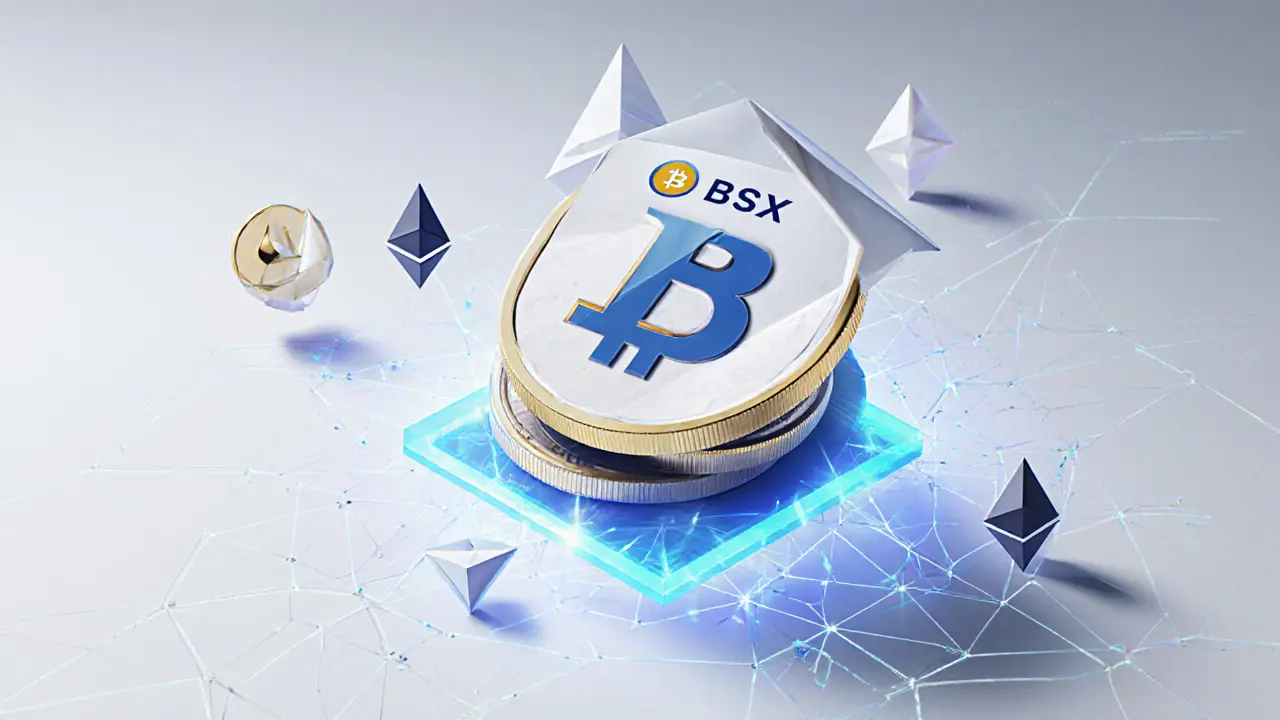Blockchain Technology: Basics, Nodes, Smart Contracts & DEXs
When working with Blockchain Technology, a decentralized ledger that records transactions across a network of computers. Also known as distributed ledger tech, it enables trustless data sharing without a central authority. Blockchain Technology encompasses many sub‑systems – from mining that secures the chain to smart contracts that automate agreements. In this guide you’ll see how each piece fits together and why the topics we cover matter for anyone interested in crypto or fintech.
Key Concepts in Blockchain Technology
One of the core building blocks is the blockchain node, a computer that stores, validates, and propagates blocks across the network. Nodes come in three flavors: full nodes keep the entire history, light nodes store only recent data, and miner nodes add new blocks by solving cryptographic puzzles. This diversity lets the network stay resilient – full nodes verify every transaction, while miner nodes provide the proof‑of‑work that makes tampering infeasible. The relationship is simple: blockchain nodes enable secure verification, and together they maintain the integrity of the ledger.
Another pillar is smart contracts, self‑executing code that runs on the blockchain when predefined conditions are met. Smart contracts turn static data into dynamic processes – they can release funds, issue tokens, or trigger governance actions without human intervention. Because they live on the same immutable ledger as transactions, they inherit the same security guarantees. In practice, smart contracts automate transactions, reducing friction and opening the door to decentralized finance (DeFi) applications.
When you combine the trust layer of nodes with the automation of smart contracts, you get a fertile ground for decentralized exchanges, platforms that let users trade tokens directly from their wallets without a central custodian. DEXs rely on on‑chain order books or liquidity pools, and they often reward participants with governance tokens. This model contrasts sharply with traditional exchanges, which hold user assets and enforce trades off‑chain. The synergy is clear: decentralized exchanges leverage smart contracts to execute trades, while nodes ensure that each swap is recorded transparently.
Behind all of this, crypto mining provides the economic incentive that keeps the network honest. Miners expend electricity and compute power to find a nonce that satisfies the network’s difficulty target, then broadcast the new block to nodes. The difficulty adjusts automatically to maintain a steady block time, which in turn protects the system against attacks. Understanding mining helps you appreciate why transaction fees fluctuate and how security is baked into the protocol.
All these pieces – nodes, smart contracts, DEXs, and mining – intertwine to create a robust ecosystem. Below you’ll find a curated collection of articles that dive deeper into each area, from the nitty‑gritty of Bitcoin’s nonce range to real‑world reviews of DeFi platforms and airdrop opportunities. Whether you’re just getting started or looking to sharpen your expertise, the posts that follow give you practical insights you can apply right away.












